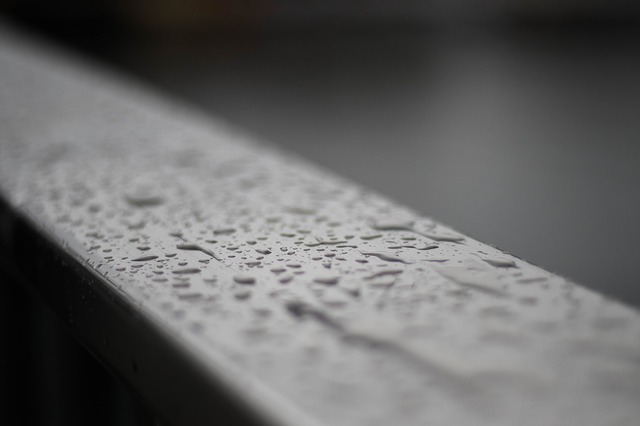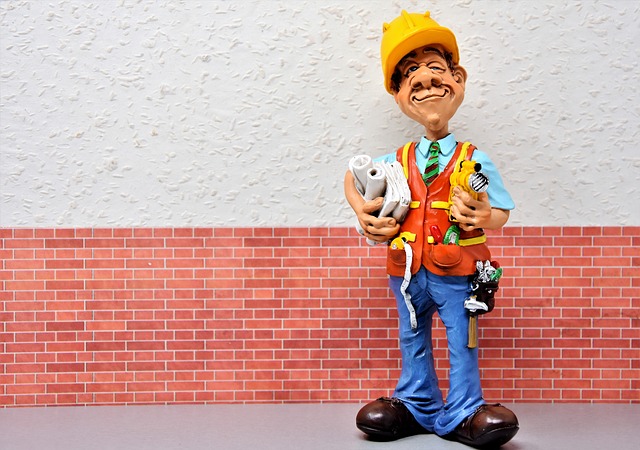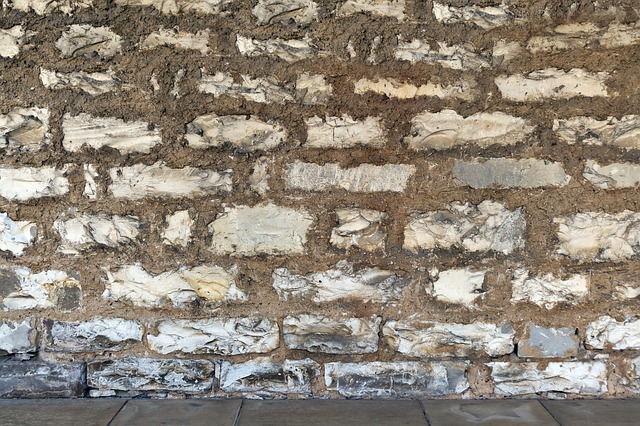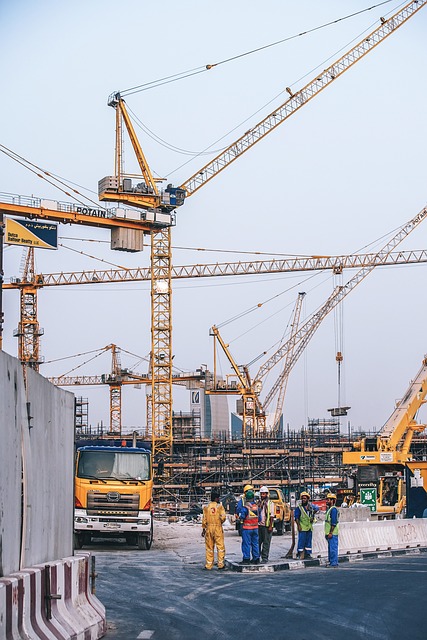Underfloor Insulation and Waterproofing
In renovation or construction, underbuilding is the procedure of building up the concrete foundation of an current structure or construction. Underlying can be necessary for many reasons:
Underpinnings can also be employed for different functions: from creating the foundations strong enough to support the weight of constructions, and to providing a barrier against natural disasters such as earthquakes. It can also be used to construct the base of buildings around both sides facing the street. If that is done correctly, the structure may last more than if it had been assembled with the traditional method.
Before any underbelly is constructed, the concrete slab is first poured over the present structure, and it is made to settle. As time goes by, the pressure of the concrete increases, and the edges of the concrete will start to pull away from each other. If this happens in a short time period, the edge of the concrete will split, and a crack will start. This problem can be prevented by fitting an underfloor, which functions as a counterbalance against the forces that would otherwise make the underfloor to pull apart.
Another important job of the underfloor is in fact the concrete foundations of buildings. Sometimes, cracks in concrete bases may lead to the construction collapsing due to the weight of the dirt, which is responsible for the foundations falling in on themselves. When an underfloor is set up, the soil that’s under the cement is prevented by causing such harm to the foundations, and the base is left considerably stronger than it would otherwise be.
When the concrete is firmly fitted within the building’s floor, the rest of the work of underbuilding begins. This entails placing the concrete beneath the building, making space for the concrete to enlarge, and then filling it with dirt so that the concrete can absorb heat and the rain water.
When the underfloor was added to the bases, the next step involves the placing of concrete slabs around the underfloor, so as to stop the sides of the concrete from buckling against each other. Then the ground is full of water so it can drain away from the building, and it’s covered with a waterproof membrane.
The waterproofing of the cement floor additionally prevents dampness from getting into the construction. With no waterproofing, water can easily seep into the construction, creating problems with condensation and mildew. By including a waterproof layer, the water can be prevented from entering the structure.
The importance of underpinnings is particularly important in buildings where the roof is located over a foot or two off the floor, as a faulty under-floor could lead to the collapse of the structure. That is why it is so important to get a quality under-floor fitted before the roof is constructed, because if this is not completed, the burden of the roofing may damage the cement. It’s also necessary to add waterproofing if the building has a pitched roof, since the roof needs to be put right on top of the underfloor, especially when the building is a long one.
There are various types of under-underunderfloor system accessible, depending on how much floor area is necessary, and the size and shape of the construction. There are also different approaches to install the underfloor, based on the necessities of the undertaking.
The underfloor that is used for big buildings is installed over the concrete, but minus the underfloor padding. That is because there is less space for expansion. In this method, an underfloor is placed into the bases of this building, in the exact same way as a skirting board. This provides more room for growth, but does not provide a coating of waterproofing.
Waterproofing is more inclined to be a problem when under flooring is being installed for buildings that have pitched roofs, since the roof needs to be reinforced by the underfloor heating. A roof underfloor can be put into the floor joists to work as a base for the roofing over the cement.
A wetter underfloor is used in conjunction with waterproofing, as they need to help stop moist from building up. They are typically laid over the concrete and will help to stop water from getting into the construction, because water cannot penetrate through the concrete as a result of waterproofing properties of the underfloor.





